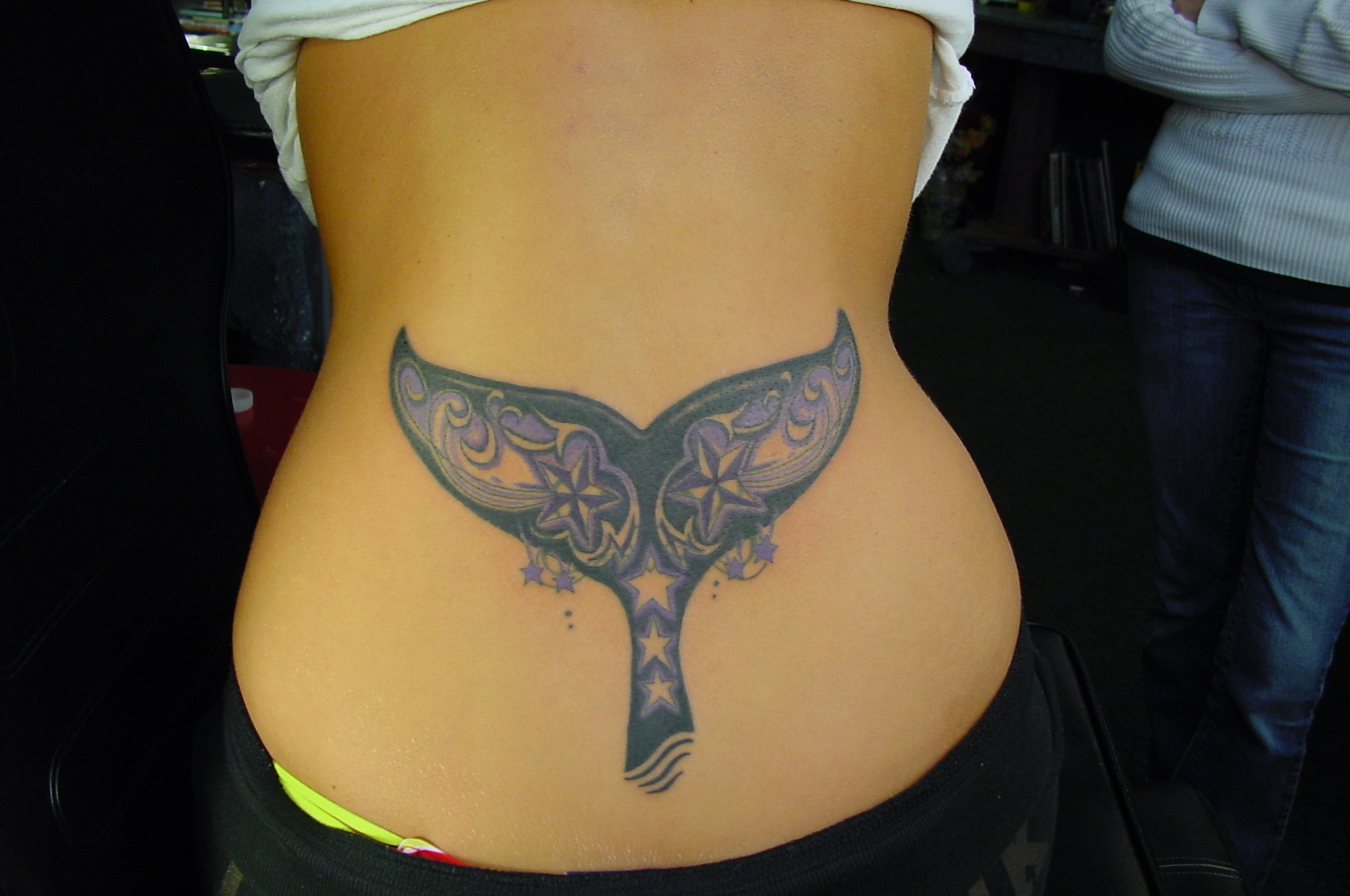They conducted this truly first-of-its-kind survey on four different Saturday nights, when most French youth frequent bars and clubs before dancing, collectively approaching a total of 2,970 individuals (1,710 males, 1,260 females) as they were exiting drinking establishments - apparently without being punched in the face, showing the patience of French young people. The young men and women were asked if they wore tattoos and piercings or not, and were then requested to breathe into a breathalyzer in order to evaluate their alcohol consumption.
This study was the first in France to find more alcohol per liter of exhaled breath in association with tattooing and body piercing.
"A host of previous studies have routinely shown that individuals with body piercings or tattoos are more likely to engage in risky behavior than non-pierced or non tattooed people," said Nicolas Guéguen, professor of social behavior at the Université de Bretagne-Sud and corresponding author for the study. He listed sex without protection, fighting, theft, and alcohol consumption as several examples of risky behavior. "We found that pierced and/or tattooed individuals had consumed more alcohol in bars on a Saturday night than patrons in the same bars who were non pierced and non tattooed. This is the first time that we found a relation among tattoos, piercings, and alcohol consumption in France."

It's not just France. Clearly no sober person got a tramp stamp of an actual whale tail.
He suggested that educators, parents and physicians consider tattoos and piercings as potential "markers" of drinking, using them to begin a conversation about alcohol consumption as well as other risky behaviors.
Myrna Armstrong, Professor Emerita at the Texas Tech University Health Sciences Center and author of some of the studies cited by Guéguen, concurred. "However," she added, "you need to look at the ages of the groups being examined. While France may not have the same issues as North America, the two groups here that tend to favor tattooing and piercing – 13 to 18, and 18 to 25 years of age – are already considered high-risk people in terms of their drinking and other behaviors simply because of their ages and their age-related desires to experiment.
"I thought the approach to studying this topic was fascinating. However, I am concerned with the tendency to see a tattoo or piercing and automatically profile or stereotype that individual as a 'high-risk person' as this may or may not be conducive for helping them. A clinician, for example, can spend some time not judging individuals about their present tattoos, but talking to them about safe tattooing, etc. and alcohol in general … not because they have tattoos or piercings but because they are in a high-risk age group."
She added that people have tattoos or piercings for different reasons, such as religious beliefs. In addition, there is a difference between those who have few tattoos or piercings and those who have many.
Yes, apparently women with a tattoo on their lower back and a cut-off shirt are showing their devotion to spirituality.
"In 2009, we conducted a study of those with one to two, three to four, and five or more tattoos," she said. "We found that those with only one tattoo were very similar to those without any tattoos in terms of high-risk behaviors, including alcohol. We also graded body piercings and found that individuals with seven or more were the really high-risk group. In other words, be very careful about generalizing among those with many tattoos or piercings and those with only one."
To be published in the July, 2012 issue of Alcoholism: Clinical&Experimental Research.






Comments